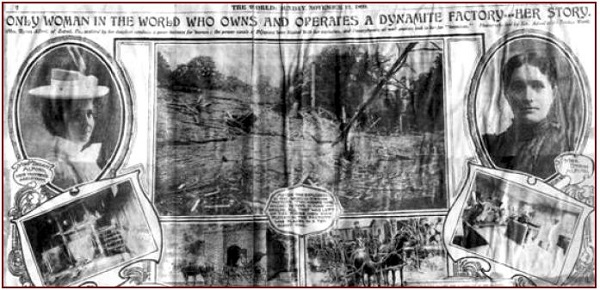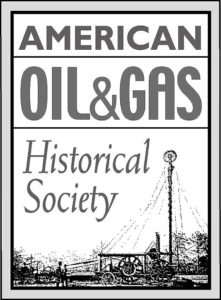by Bruce Wells | Aug 18, 2025 | This Week in Petroleum History
August 18, 1990 – Oil Pollution Act becomes Law –
President George H.W. Bush signed the Oil Pollution Act of 1990, which was passed by the 101st Congress to strengthen the ability of the Environmental Protection Agency (EPA) to prevent and respond to catastrophic oil spills. Signed into law 17 months after the Exxon Valdez oil spill in Prince William Sound, Alaska, the act required vessels and oil storage facilities to submit to the federal government plans detailing how they would respond to large spills. (more…)
by Bruce Wells | Aug 12, 2025 | Petroleum Pioneers
Businesswoman prospered in booming turn-of-century Pennsylvania oilfields.
In 1899, Mary Byron Alford, the “Only Woman in the World who Owns and Operates a Dynamite Factory,” prospered in the midst of America’s first billion-dollar oilfield. Mrs. Alford’s oilfield nitro factory cooked 3,000 pounds of nitroglycerin every day.
The 85,000-acre Bradford oilfield in north-central McKean County, Pennsylvania, and south-central Cattaraugus County, New York, remains an important part of U.S. petroleum heritage. There are many reasons, including Mary Alford’s pioneering oilfield career at the turn of the century.

Penn-Brad Oil Museum Director Sherri Schulze in 2005 exhibited a laminated (though wrinkled) newspaper article from 1899. “This was done by a student many years ago,” she said. “It was a school project done by one of Mrs. Alford’s descendants.”
(more…)


